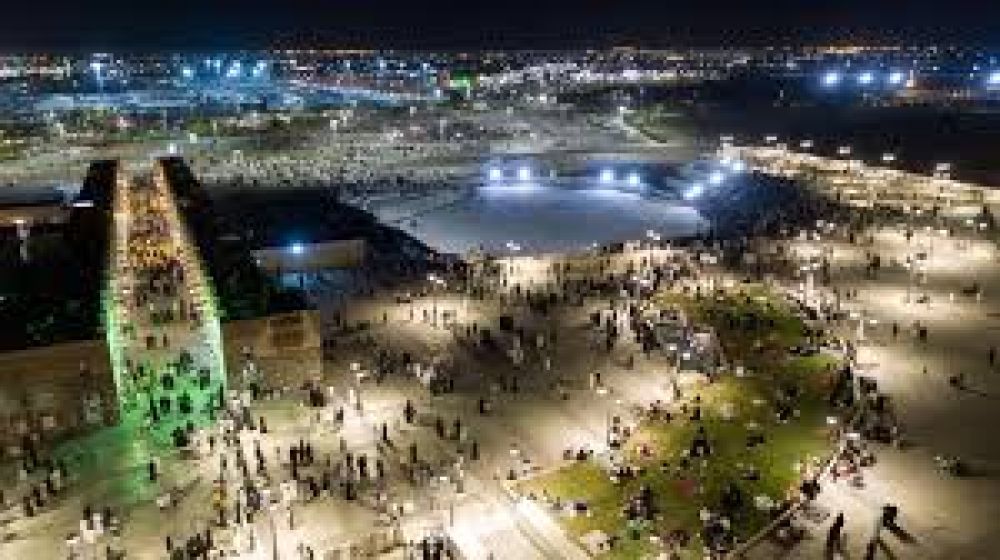

Medina, historically known as Madinah, is the second holiest city in Islam and a prime destination for religious tourism, primarily due to the presence of the Prophet Muhammad's Mosque, Al-Masjid an-Nabawi. Over the centuries, it has attracted millions of pilgrims from around the Muslim world, particularly during the Hajj season, which is one of the five pillars of Islam. Pilgrims also visit Medina during Umrah, a pilgrimage that can be undertaken at any time of the year.
The city's tourism was traditionally focused on religious visitors; however, in recent years there has been a slight shift to include more cultural and leisure tourism elements. This includes the development of parks, shopping malls, and other non-religious tourist attractions. King Fahd Central Park in Medina is one such leisure destination that has gained popularity among residents and visitors alike.
King Fahd Central Park, established as a green oasis in the heart of Medina, is named after the late King Fahd bin Abdulaziz Al Saud. The park offers a family-friendly atmosphere and a serene environment away from the bustling city life. It has fast become a favored spot for relaxation, family picnics, and recreational activities. With its beautifully landscaped gardens, walking paths, and ample seating areas, King Fahd Central Park serves as a prime example of the city's efforts to enhance the quality of life for its residents and the overall experience for tourists.
Current tourism trends in Medina and across Saudi Arabia are influenced by the Saudi Vision 2030, which aims to diversify the country's economy away from oil and develop public service sectors such as tourism and recreation. Recent initiatives include:
Overall, Medina continues to retain its status as a prime destination for Islamic pilgrimage while gradually expanding its scope to offer a wider array of experiences to its visitors.